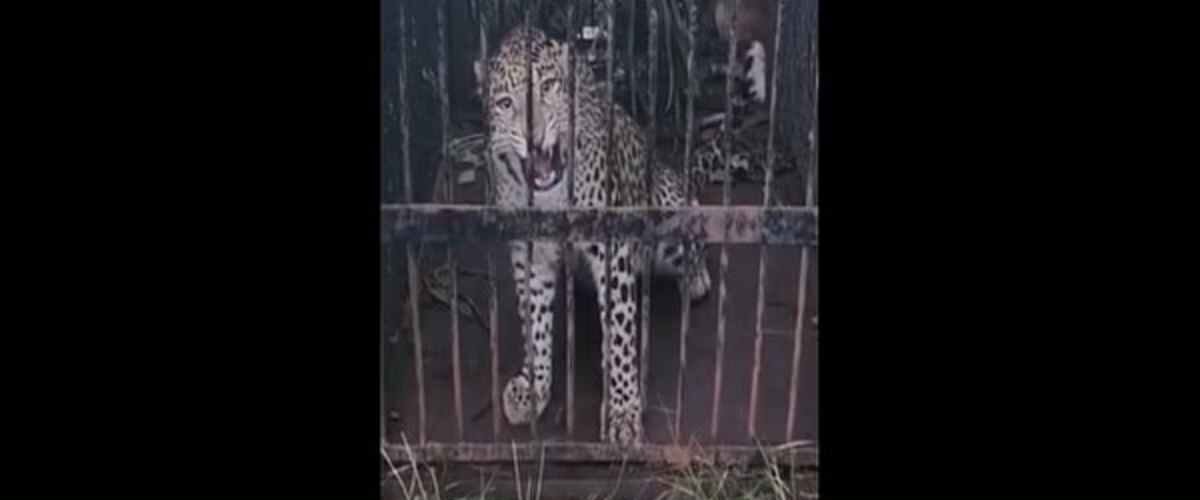Leopard Captured Near SV University Campus in Tirupati

The forest department has captured a leopard near SV University in Tirupati, ensuring the safety of students and faculty.
Leopard Captured Near SV University Campus in Tirupati
A leopard that had been causing concern among students and faculty of Sri Venkateswara University (SVU) and Sri Venkateswara Vedic University (SVVU) in Tirupati has been successfully captured by the state forest department. The animal was safely relocated to the deeper regions of the Seshachalam forests.
Leopard Sightings Prompt Safety Measures at SVU and SVVU
In recent months, both Sri Venkateswara University (SVU) and Sri Venkateswara Vedic University (SVVU) experienced frequent leopard sightings, leading to heightened concern among students and faculty. The campuses, located adjacent to the Seshachalam forest range, became areas of caution due to the increased presence of these wild animals.
Forest Department’s Strategy to Capture the Leopard
Responding to the situation, the state forest department implemented several measures:
- Installation of Cages: Multiple cages were strategically placed near the forested areas bordering the campuses to trap the leopard.
- Warning Signboards: Signboards were erected to alert and advise students and staff to remain vigilant and avoid venturing into isolated areas, especially during nighttime.
Successful Capture and Relocation of the Leopard
After months of persistent efforts, the forest officials achieved success when the leopard was captured in one of the set cages. Veterinary experts conducted a thorough examination of the animal to ensure it was in good health. Following the assessment, the leopard was safely released into the deeper sections of the Seshachalam forests, far from human habitation, to prevent future encounters.
Community Relief and Ongoing Vigilance
The capture brought significant relief to the university communities, alleviating the anxiety that had persisted due to the leopard’s presence. Despite this success, forest officials continue to monitor the area closely, acknowledging the possibility of other wildlife venturing into human-populated zones. They urge the public to stay alert and report any future wildlife sightings promptly to ensure collective safety.
This incident underscores the importance of coexistence strategies between human communities and wildlife, especially in regions where natural habitats intersect with urban developments.


